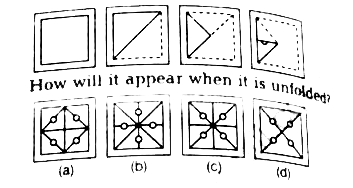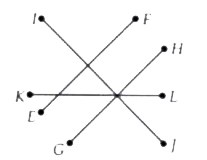Neha conducted an experiment as shown in the diagram.

She placed a nickel coin on a piece of paper and heated them over a flame. After one minute, she observed that some parts of the paper was scorched as shown in the diagram here. She repeated the experiment with a glass coin placed on the paper. Which of the following best represents the possible outcome of the experiment?





The correct Answer is:C
Nickel is a good conductor of electricity. It takes all the heat away and the paper does not burn. Glass coin is bad conductor of heat so the paper burns.
Topper's Solved these Questions
- BOOK - SCIENCE OLYMPIAD FOUNDATION CHAPTER - NSO QUESTION PAPER 2018- 19 SET - AEXERCISE - ACHIEVERS SECTION5videos
NSO QUESTION PAPER 2018- 19 SET - A
- BOOK - SCIENCE OLYMPIAD FOUNDATION CHAPTER - NSO QUESTION PAPER 2017-18 SET-BEXERCISE - SCIENCE9videos
NSO QUESTION PAPER 2017-18 SET-B
- BOOK - SCIENCE OLYMPIAD FOUNDATION CHAPTER - NSO QUESTION PAPER 2018- 19 SET - BEXERCISE - ACHIEVERS SECTION1videos
NSO QUESTION PAPER 2018- 19 SET - B
Similar Questions
Knowledge Check
- Question 1 - Select One
A calcite crystal is placed over a dot on a piece of paper and rotated, on seeing through the calcite one will be see
A(a) One dotB(b) Two stationary dotsC(c) Two rotating dotsD(d) One dot rotating about the other - Question 2 - Select One
A student performs an experiment on finding the focal length of a convex lens by keeping a lighted candle on one end of laboratory table, a screen on its other end and the lens between them as shown in the figure. The positions of the three are adjusted to get a sharp image of the candle flame on the screen.
If now the candle flame were to be replaced by a distant lamp on a far away electric pole, the student would be able to get a sharp image of this distant lamp on the screen by moving :
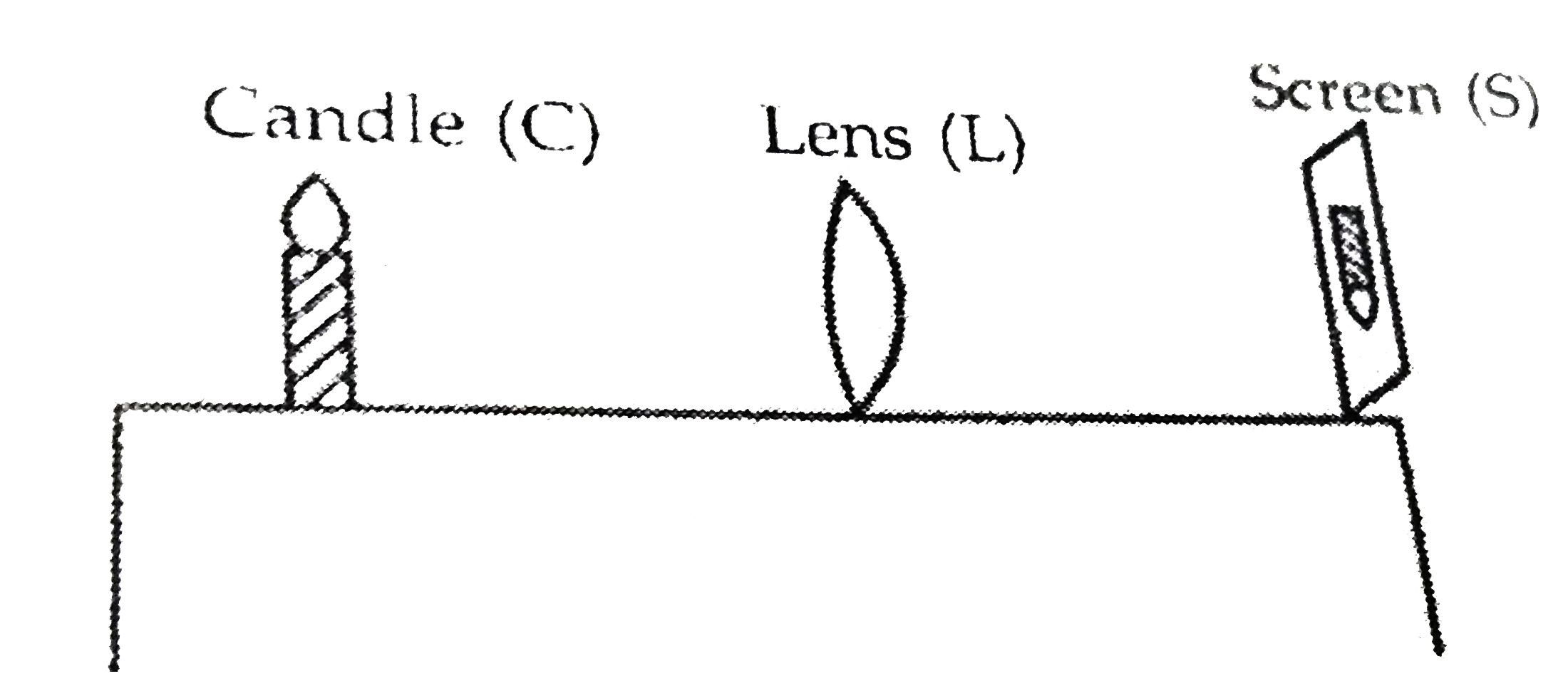 Athe screen towards of the lens or the lens towards the screen.Bthe screen towards of the lens or the lens away from the screen.Cthe screen away from the lens or the lens towards the screen.Dneither the screen nor the lens
Athe screen towards of the lens or the lens towards the screen.Bthe screen towards of the lens or the lens away from the screen.Cthe screen away from the lens or the lens towards the screen.Dneither the screen nor the lens - Question 3 - Select One
The sequence of folding a piece of paper and the manner in which the folded paper has been cut is shown in the following figures. How would this paper look when unfolded ?
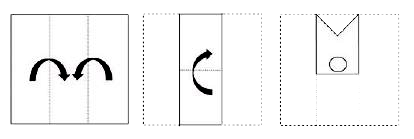 A
A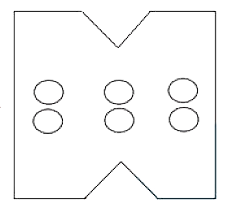 B
B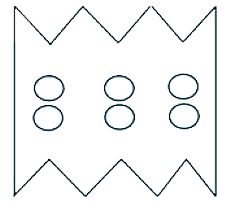 C
C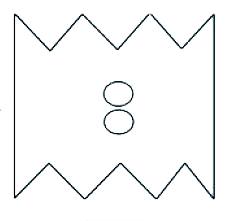 D
D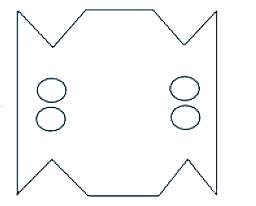
Radha arranged three set-ups as shown in the following figures. She observed that reactions take place in all the three experiments. Answer the questions that follow:

Write the reactions involved in all the three experiments.View SolutionIn an experiment, a safety pin is placed on a sheet of paper and the sheet is held over a burning candle until it is yellow and charred. On removing the pin, its white trace is seen on the paper. Explain the observation with reasoning.
View SolutionThe sequence of folding a piece of square paper and the manner in which the folded paper has been cut is shown. How would this paper look when unfolded?
 View Solution
View SolutionThe sequence of folding a piece of square paper and the manner in which the folded paper has been cut is shown. How would this paper look when unfolded?
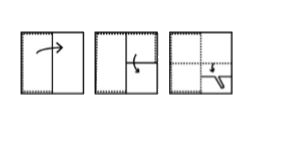 View Solution
View SolutionThe sequence of folding a piece of square paper and the manner in which the folded paper has been cut is shown. How would this paper look when unfolded?
 View Solution
View Solution


